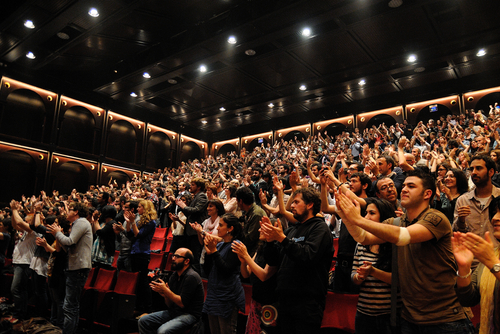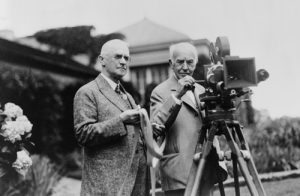
A brief history on the custom of applauding

Image credit: Studiostoks/Shutterstock.com
The word applause is derived from the Latin word ‘applaudere’, which means ‘’to strike upon’’. Audiences usually applaud after a performance of some kind. This might be a music concert, a sporting event, a speech, or a play. It’s almost always given as a sign of approval. Applause may take the form of foot-stomping, banging fists on a table, or any other method of making a noise. However, the primary method of applause is clapping, i.e. the act of striking the palms of the hand together.
In the modern world, clapping has almost become a universal custom for audiences to show approval and appreciation. In most countries, spectators clap their hands at random to produce a constant noise, although it does tend to synchronize to some degree. However, in Russia, as well as much of northern and eastern Europe, deliberate synchronized clapping tends to be the norm. In a number of Asian cultures, applause might be a rather restraint affair and only given as a polite gesture.
An Uncertain Origin
Applauding is widespread throughout many cultures but the origins of the act remain uncertain. The ancient Romans certainly had set applause rituals at public performances to express different degrees of approval. Snapping the finger and thumb, clapping with the flat or hollow palm, and waving the flap of the toga were all methods of applause.
In Roman theatre, the chief actor would normally call out “Valete et plaudite!”, at the close of the play. This translates to English as ‘goodbye and clap’. The audience guided by an unofficial cheerleader would then chant their approval. The ‘choregus’ (cheerleader) would actually be, more often than not, a hired hand. Similarly, in French theatres and opera houses, a ‘claque’ was often present. This was an organised body of professional applauders who were paid by the performer(s) to create a good impression and atmosphere.
In early Christianity, the customs of the theatre were often adopted by the church. By the 4th century, the applause for speeches made by popular preachers had become an established custom. While applause in the church eventually fell out of fashion, the influence of the act was carried forward through the centuries.
Header image credit: Christian Bertrand/Shutterstock.com
If you’ve enjoyed reading this post, why not check out more of the articles in the series by clicking the following link: Why do we…….?





